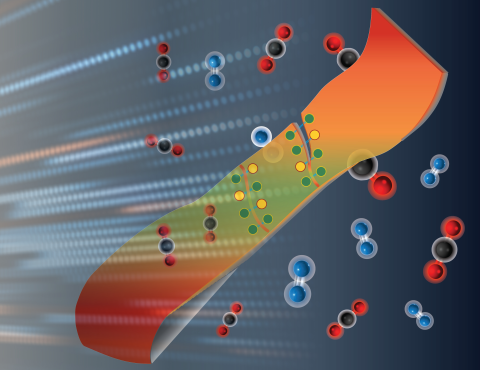By hoarding water underground, vegetation will help saturate soil, boosting rain runoff.

University of Texas at Austin professor Christina Markert is investigating the nuclear evolution of the universe.
Drexel researchers have developed a way to coat cellulose yarn with flakes of a type of conductive, two-dimensional material called MXene.
A collaborative study describes how fuel cells can be developed using nanomaterials to be more cost-effective and efficient in the long term.

Her EC award supported work to develop climate circulation models with state-of-the-art techniques for resolving multiple scales.

Scientists are working to develop materials that can reinforce or heal themselves, just like their biological counterparts.
With installation near completion, new sky-surveying instrument begins final testing.
Nanolaser has potential to treat neurological disorders or sense disease biomarkers.

The Ohio State University chemistry professor Christine M. Thomas designs catalysts to make fuels more energy efficient and environmentally benign.
Beneficial microbes pursue certain types of dietary fiber, findings that could aid design of foods.

